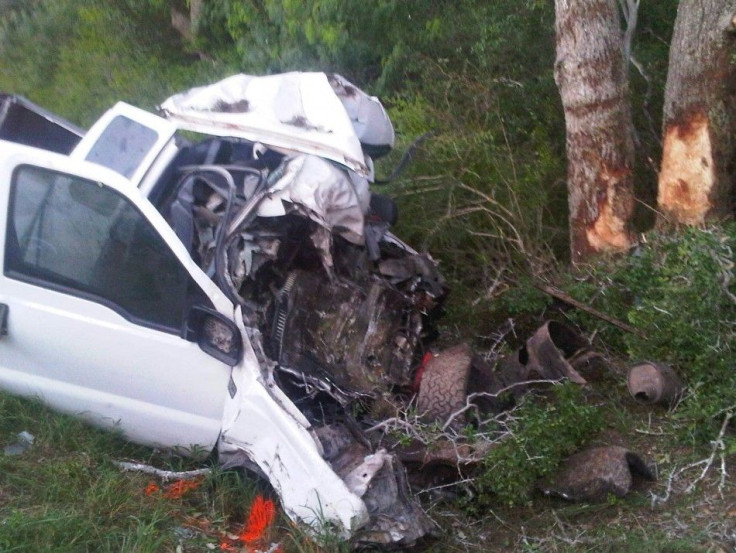Fatal Idaho Highway Accident Caused By Gnawing Gophers

Gophers are known for constructing intricate underground tunnels. While they play an important role in the ecosystem by augmenting soil fertility, they can also be perilous to homes, trees, and on occasion, human lives.
The tiny mammals dug up an immense 15-by-40-foot fissure in a Melba, Idaho, highway, which authorities said led to the tragic death of 32-year-old Sonia Lopez last month. According to her family, she was on her way to work at a grocery store.
"At about 4 a.m. on July 14, Lopez hit the hole and was killed instantly" the Idaho Statesman of Boise reported. "Her car was totaled, and it was reported that she wasn't wearing a seatbelt at the time."
"It's a tragic story and a tragic accident," said Canyon County Sheriff's Deputy Kieran Donahue. "It's just a very unusual circumstance, that a gopher hole allowed water to get under the roadway, which ultimately led to the collapse. ... It looks like over a period of time, the water eroded [the earth] under the road and softened it up."
According to the Los Angeles County agricultural office, gophers are often mistaken for moles, but homeowners can distinguish between the two pests by examining their digging methods.
"Since gophers spend most of their time underground, they are hardly ever seen, so the best identification method is to examine the dirt mounds that almost always accompany their activity. As they dig their tunnels, pocket gophers periodically shove dirt out to the surface forming mounds. The dirt is pushed to the surface from tunnels that are at an angle to the surface, so the mounds form in a crescent or horseshoe shape. This helps distinguish them from mounds made by moles which are volcano shaped. Pocket gopher burrows are almost always plugged. This helps to distinguish them from other burrowing rodents like ground squirrels or meadow mice. On average, a gopher makes about 1 to 3 mounds per day."
© Copyright IBTimes 2025. All rights reserved.





















